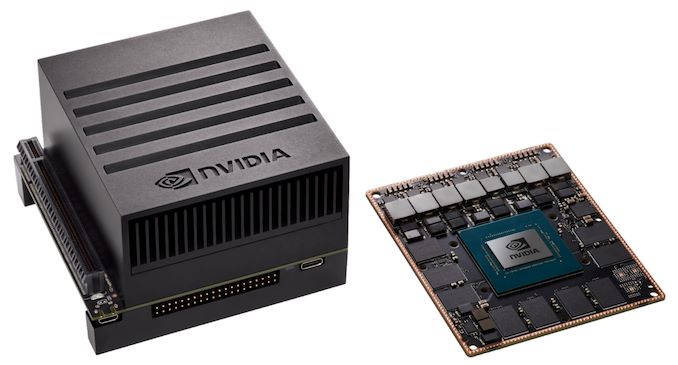Originally posted by AdrianBc
View Post
Originally posted by AdrianBc
View Post
https://blogs.nvidia.com/blog/2016/0...omotive-grade/
Originally posted by AdrianBc
View Post
Finally, independent of the GPU block, it has an ISP and Programmable Vision Accelerator.
(my second time posting this link in the thread - I guess you didn't see it the first time)




Comment